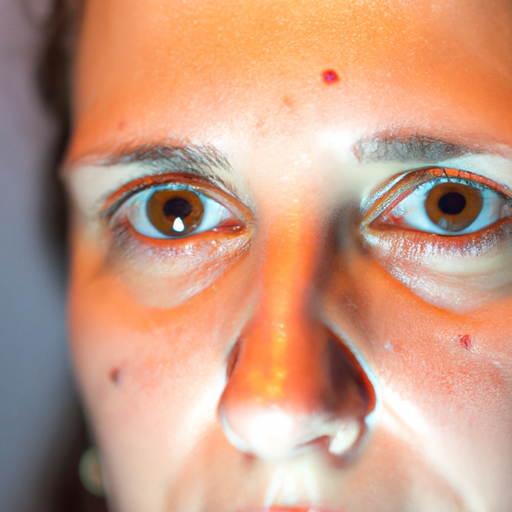As a medical professional, I often encounter patients who are concerned about the health and appearance of their skin. One of the most common questions I am asked is, “When is the best time to moisturize?” The answer to this question is not as straightforward as one might think. It depends on a variety of factors, including skin type, climate, and individual skincare routines. However, after years of research and observation, I can confidently say that the optimal time to moisturize is immediately after bathing or washing your face.
The human skin is the body’s largest organ and serves as the first line of defense against environmental factors. It is also the most visible part of our bodies, and its condition can greatly affect our overall appearance and self-confidence. Therefore, it is crucial to take good care of our skin, and moisturizing plays a significant role in this process.
The primary function of a moisturizer is to hydrate the skin by trapping water in the outermost layer, known as the stratum corneum. This layer consists of dead skin cells and natural lipids that help maintain skin’s moisture levels. When we bathe or wash our face, we not only cleanse our skin of dirt and impurities but also strip it of its natural oils. This can leave our skin feeling dry and tight.
Applying a moisturizer immediately after bathing or washing your face can help lock in the moisture that your skin has just absorbed. This is why I recommend the ‘drench’ approach to moisturizing. Your skin should be slightly damp when you apply your moisturizer, as this can enhance its absorption and effectiveness.
However, it’s important to note that not all moisturizers are created equal. Those with dry or sensitive skin should opt for a cream-based moisturizer that contains ingredients like hyaluronic acid or ceramides, which can help restore the skin’s natural barrier. On the other hand, those with oily or acne-prone skin should choose a lightweight, non-comedogenic moisturizer that won’t clog their pores.
Climate also plays a significant role in determining the best time to moisturize. In dry, cold climates, it may be necessary to moisturize more frequently to prevent skin from becoming chapped or cracked. In hot, humid climates, moisturizing once a day may be sufficient.
In addition to timing, the way you apply your moisturizer can also affect its effectiveness. I recommend using gentle, upward strokes to massage the moisturizer into your skin. This not only helps with absorption but also stimulates blood circulation, which can give your skin a healthy glow.
In conclusion, the optimal time to moisturize is immediately after bathing or washing your face when your skin is still slightly damp. This ‘drench’ approach can help lock in moisture and keep your skin hydrated throughout the day. However, it’s important to choose a moisturizer that suits your skin type and climate, and to apply it correctly for maximum benefits. Remember, healthy skin is not just about looking good – it’s also an essential part of overall health and well-being.



